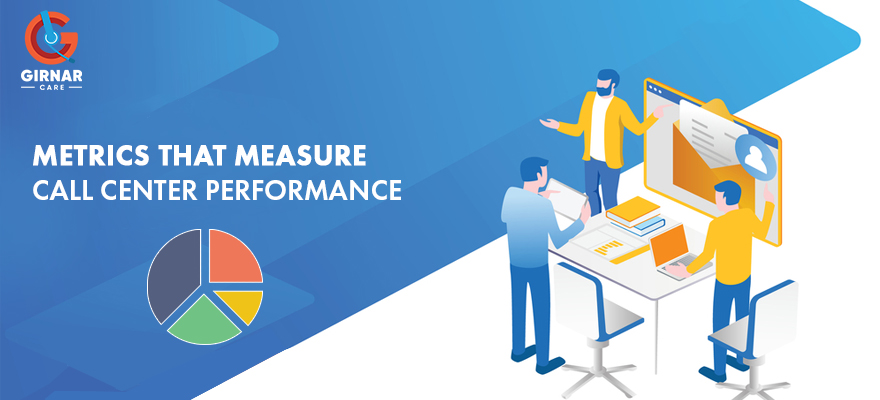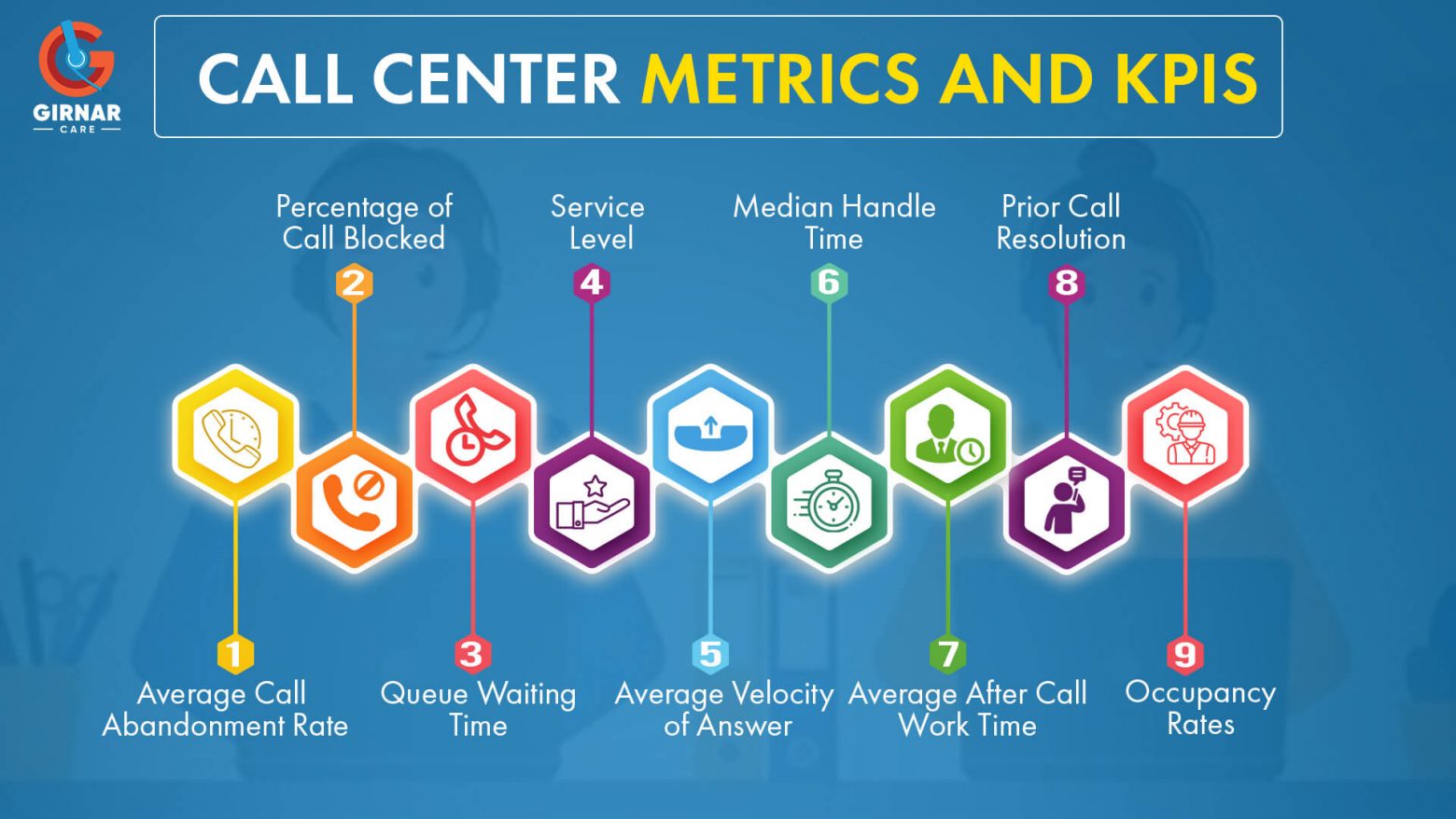
Generally, it is said that good performance leads to good results.
In a call center, the ratio of company success is measured through agents’ performance.
An agent may involve in the aspects of multiple scenarios to understand the customer requirement. Once he/she understands their desires, they build a channel or bridge to trump the needs.
For this, they process multiple things which let in the development of KPIs, and these KPIs further help organisations to look at what they have done so far.
Today I gonna talk about top metrics that measures call center performance and how they help drive customer satisfaction.
What do metrics mean in a call center?
If you are a call center manager you would be familiar with this term. Generally, metrics are used as indicators to track and assess the status of a specific process.
In a call center, customer experience, agent productivity, and call center operations are some common metrics.
Although different call centers have different call center metrics and these metrics can be changed based on time and organisation policies.
Typically, the customer service manager deals with such metrics to measure performance which leads to monitoring key performance indicators (KPIs) to track how easily an organisation achieves its goals.
How is call center efficiency measured?
Going into the modern days, the contact center performs several operations in a day for many processes.
And these operations are managed by several agents working in different positions with differ in authorities.
Regardless of any operation, the agent collects information which is called data collection.
The customer service manager receives these data in bulk from different platforms that focus on different business processes.
Here metrics provide a clean-sheet way to monitor this data with a clear understanding of what to do next.
Honestly speaking, not all this data is required at once. The manager decides what to take and what to leave according to the metric role process. For example, a customer relationships manager might need one set of KPIs, but front-line managers may need different ones.
Additionally, the top-level executive requires strategic metrics and KPIs to sustain the flow of business for better customer service. On the other hand, the operational manager needs a completely different set of KPIs to learn customers’ preferences better and for workforce management.
Also Read: Call Center Metrics to Measure an Agent’s Productivity
Top call center metrics and KPIs

Metrics and KPIs often confuse readers with their meaning…!
Simply put, Metrics refer to the critical measures you need to achieve whereas KPIs refer to the real-time actions you put to either improve or achieve those measures.
Let’s discuss some popular call center performance metrics to track:
1) Average Call Abandonment Rate
These metrics represent the percentage of callers that disconnect the line before reaching an agent.
2) Percentage of Call Blocked
This type of metric is common in call centers and calculates the number of inbound callers that receive a busy tone.
3) Queue Waiting Time
This metric gives you the percentage of callers who are stuck in call queues. However, this is the most frustrating and common in a call center.
4) Service Level
This metric engrosses the agent productivity in real-time based on the number of calls answered.
5) Average Velocity of Answer
Calculates the average time it takes for agents to answer calls within a specific amount of time.
6) Median Handle Time
This metric tracks the median time, starting from when the agent begins spending time picking up the phone until it gets disconnected.
7) Average After Call Work Time
It tracks the average time taken by the agents to do work associated with a call after it’s finished.
8) Prior Call Resolution
It discrete the data of agents address caller’s issues without transferring, escalating, or returning the call.
9) Occupancy Rates
This metric shows the percentage of calls indicates how much time agents are on live calls. In other words, how long the conversation hold between the agent and caller.
What are the industry standards for call center metrics?
Metrics and KPIs are key essentials of workplace improvement. The use of data and metrics in the workplace helps organisation and put in the position to understand how day-to-day actions affect the rest of company operations.
However, call center knows their way of measuring performance. 70% of contact center service providers use common industry standards call center metrics.
However, these metrics fall into a particular course of the chapter and reveal key lessons into customer experience, customer loyalty, and quality alike.
- Customer Experience
- Agent Productivity
- Call Initiation
- Call Center Operations
The following table consists of KPIs relative to its metric functions. Take a look…!
| Data Measured | Key Performance Indicators |
|---|---|
| Customer Experience | First contact resolution, Customer Satisfaction Score, Customer Effort Score (CES), Net Promoter Scores (NPS) |
| Agent Productivity | Average Handling Time, Agent Utilization Rate, Average Speed of Answer |
| Call Initiation | RFirst Response Time (FRT), Percentage of Calls Blocked, Average Call Abandonment Rate, Active Waiting Calls |
| Call Center Operations | Calls Handled, Cost Per Call (CPC), Call Arrival Rate, Peak Hour Traffic, Average Call Lengths, Callback Messaging, Repeat Calls |
Since the majority of call centers shifting towards virtual call center premises, the change in metrics and KPIs is general. Additionally, these call center metrics may help you largely but lag against some modern definitive agendas such as quantum marketing or some other future concept that call centers may think to evolve.
Also Read: QA Metrics that call center must track for optimum customer service
Final Thought
The rule of thumb is that you need to establish a basic overview of metrics to measure the tendency of call center effectiveness. However, metrics and KPIs give you positive scope to look into the scenario deeply. But it also helps agents be more successful and reduce agent attrition.
This is where call center metrics help track call center productivity, guiding managers to choose the right tactics, and enhance customer satisfaction. In conclusion, if you want to track your call center KPIs, it’s better to take this guise into consideration and see where your organisation stand in.
Leave a Reply
